Market Trends
Key Emerging Trends in the Aicardi Syndrome Market
The Aicardi syndrome market has undergone changes in recent years. Aicardi syndrome is defined by the absence of a structure called the corpus callosum, which connects the two hemispheres of the brain, along with some other neurological features. One prominent trend is an emphasis on advancing genetic diagnostics. The development of novel advanced genomic sequencing technologies has allowed for more accurate and timely diagnosis of Aicardi’s syndrome and enabled doctors to confirm that certain genetic mutations associated with the condition are present or not. This tendency helps in early detection as well as enlightening families about what they should expect from Aicardi syndrome.
In most cases, treatment modalities for Aicardi Syndrome have been only symptomatic and supportive, based upon individual patient needs. Nonetheless, a multidisciplinary approach that sees healthcare practitioners collaborate in every aspect of care provided to patients is gradually becoming popular. This means different practitioners work together such as neurologists, developmental specialists, therapists among others to develop specific individualized comprehensive treatment plans for these patients with various symptoms and challenges caused by Aicardi Syndrome hence improving their living standard.
Another major trend in the market are advancements being made in neurorehabilitation therapies for those people who may suffer from this disease referred to as Aicardi syndrome. In fact, intervention techniques like physical therapy, occupational therapy and speech therapy now focus more on addressing the particular neurodevelopmental requirements unique to persons affected by this illness – all geared toward improving movement skills, verbal communication capabilities plus self-reliance attributes necessary for better quality life.
Moreover, patient advocacy groups and non-profit organizations have become increasingly involved in the field of this disorder known as Aicardi syndrome. Some roles played by these factions include creating awareness on such rare diseases amongst societies; supporting victims’ families through provision of relevant information/guidelines; initiating research findings showing that medical professionals themselves understand how serious “topic” is; discovering new ways of managing these diseases as well as fostered supportive networks within the confines of these disorders.
Moreover, various digital health solutions and telemedicine are heavily affecting the Aicardi syndrome market because of the technology advancement in healthcare. These technologies allow for long distance consultations, continuous patient monitoring and increased access to specialized healthcare thereby eliminating geographical boundaries. This trend has gained relevance especially in the era of COVID-19, where virtual healthcare has become a fundamental means by which sufferers of Aicardi syndrome and their families retain ongoing support.
Research and development activities have picked up pace in the Aicardi syndrome markets with an aim to understand genetic mechanisms that underlie this disorder as well as look for possible treatment options. The partnerships between academic institutions, pharmaceutical companies and research institutes seek to demystify the mystery surrounding Aicardi’s syndrome hence coming up with therapies that can be used on a focused group. This could lead to drugs whose administration would address specific challenges posed by this rare genetic disorder thus necessitating further studies.
Equally important for Aicardi Syndrome is regulatory considerations; therefore, regulatory agencies play indispensable roles in supporting and expediting potential treatments through their vetting process before they come into market. Regulatory agencies need partnership from medical practitioners if they want to navigate safely through all regulations so that they can develop safe treatment strategies for those individuals with Aicardi syndrome.

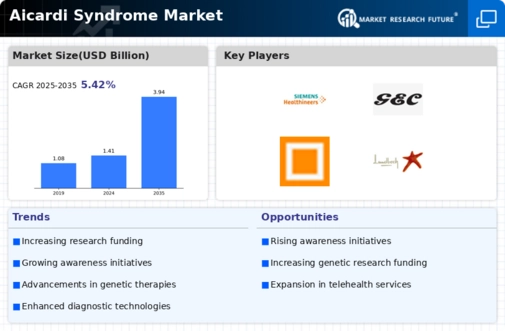
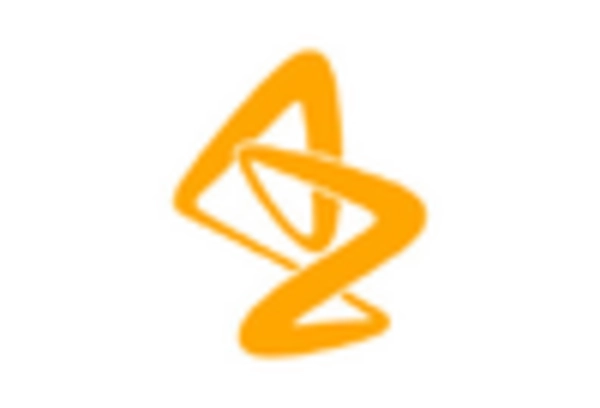
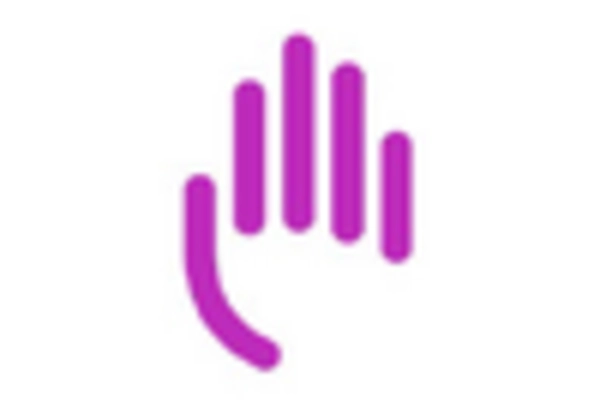

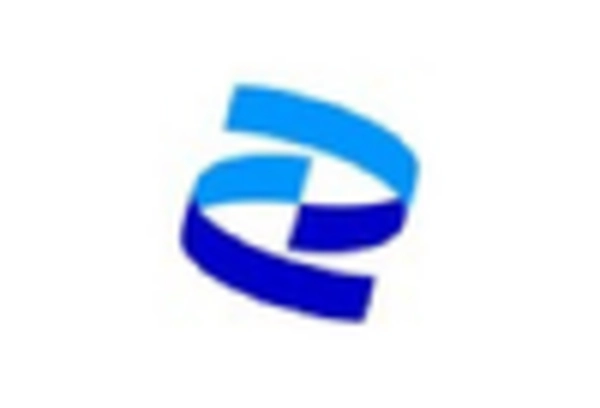
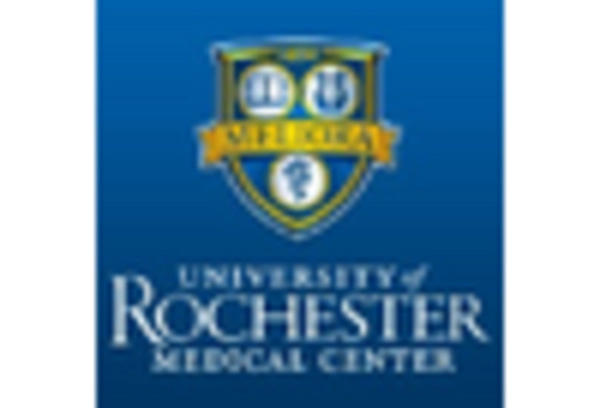
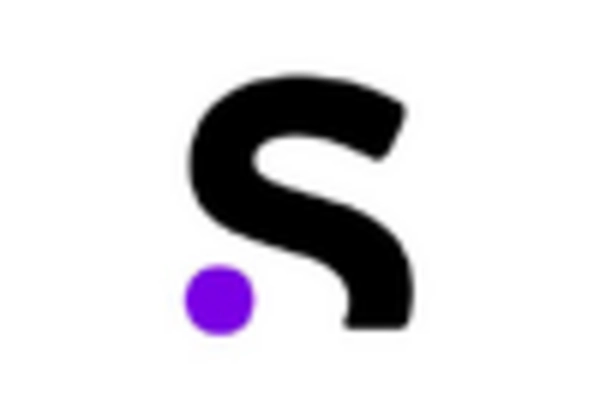









Leave a Comment